Protein Packed, Iced Matcha Green Tea Latte
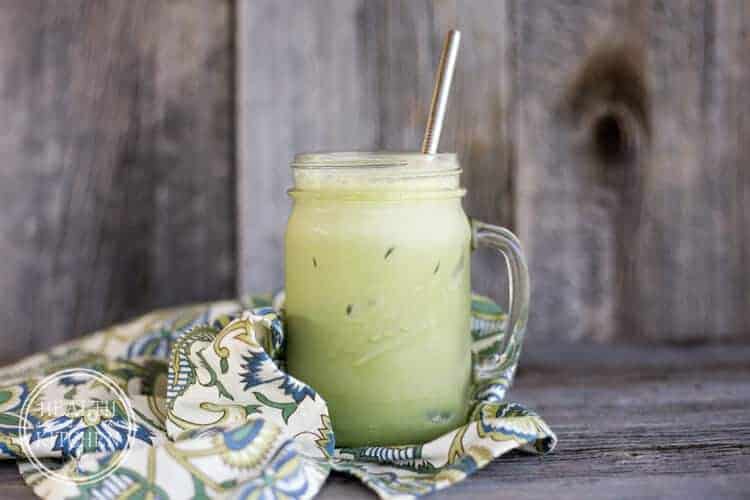
Immediately, I came home a started researching Matcha and knew that it was going to become an important part of my healthy lifestyle.
What is Matcha?
Health Benefits of Matcha Tea
Why is matcha so packed with nutrients? Simple – because you are consuming the entire tea leaf. Depending on the variety and preparation of brewed tea, you’ll get at best 10-20% of the nutrient content (the rest goes in the trash when you throw away the steeped leaves). With matcha, you are getting 100% of the antioxidants, amino acids, chlorophyll, fiber, and other vitamins contained in the green tea leaves.
One serving of matcha is nutritionally equivalent to 10 cups of regularly brewed green tea!
Matcha also contains L-theanine, an amino acid known to relax the mind. For this
reason, matcha is also known as a mood enhancer. Buddhist monks drank matcha to assist in meditation, as matcha’s amino acids, combined with caffeine, offer a sustained calm alertness over time.
Does Matcha have Caffeine?
Yes, each half-teaspoon (1g) serving of matcha contains roughly 34mg of caffeine, equal to about 1/3 a cup of coffee. The caffeine in matcha is assimilated and absorbed very slowly (over 6-8 hours), unlike the quick 30 minute energy spike with the caffeine found in coffee and brewed teas.
This results in a long and sustained energy boost, which is noticeably different from the coffee jitters. Also, the large amount of catechins in matcha slow down the release of caffeine into the bloodstream. As a result, there is no blood sugar spike, insulin increase, or release of the stress hormone Cortisol
Matcha can actually help stabilize blood sugar and reduces stress on the adrenal glands.
Lastly, the calming amino acid (l-theanine) found in Matcha has a counteractive effect to caffeine, and induces a considerable increase in alpha waves in the brain which impart a meditative and blissful state.
Matcha provides all the energy benefits of coffee without the negative side effects making , it the perfect alternative for people, like me, who are avoiding caffeine while healing their adrenal dysfunction.
Choosing the Best Matcha
Much like wine, matcha is sold in varying degrees of quality — which one you choose depends on how you will use it.
The lowest grade, referred to as “industrial” or “commercial”, is generally restricted for use in making matcha flavored foods, such as candies and baked goods.
Higher quality “culinary” grades are suited for mixing into beverages, such as smoothies and lattes, or for baking and cooking recipes, but should still not be consumed on their own.
The highest grade of matcha, “ceremonial” grade, is the only grade that should be enjoyed by itself, and is best prepared in the ceremonial style of mixing with water no warmer than 175 degrees F and frothing with a bamboo whisk.
Obviously, it’s ideal to choose organic when ever possible with all your food choices and matcha is no exception. However matcha (especially the organic variety) tends to be very expensive. Finding a brand that offers the highest quality matcha, at a price that’s affordable enough to allow you to consume it regularly, can be a challenge.
Why Choose Jade Leaf Matcha?
Jade Leaf Matcha works directly with the best organic farms in Japan and promises to offer the highest quality organic Japanese matcha at a fair price, so that you too can add it to your own healthy lifestyle.
I’ve tried many different brands and qualities of matcha, and have found that Jade Leaf Matcha to be my favorite because (1) their matcha is organic (2) they offer different qualities for different uses and (3) their matcha affordable.
I enjoy their ceremonial grade for traditionally made warm matcha green tea and then use their culinary matcha for lattes and in recipes. 1 pack of culinary matcha yields me 50 matcha lattes!
Tips for making a Matcha Green Tea Latte
Making a Matcha Green Tea Latte is very simple, just combining culinary matcha powder with milk, sweetener and a splash of vanilla then blending. I STRONGLY recommend using a blender, nothing is worse than a delicious matcha latte plagued with pockets undissolved green tea powder!
It’s totally up to you to decide what type of milk or dairy-free milk alternative and which sweetener, I personally have tried countless combinations but find that I prefer Raw Whole Milk best and either organic cane sugar or swerve sweetener.
The addition of Collagen Peptides gives your Matcha Green Tea Latte a protein packed boost. Just 2 scoops provides 18 grams of protein without altering the consistency or taste of your latte.
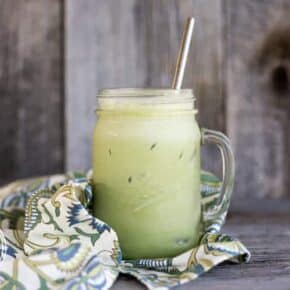
Ingredients
- 1 cup Whole Milk or dairy free milk
- 1 teaspoon culinary grade matcha powder
- 1 tablespoon Sugar or sweetener of choice
- 1 splash Vanilla
- 2 scoops collagen peptides optional, for 18g protein
Instructions
- Combine all ingredients and blend well. Serve over ice.
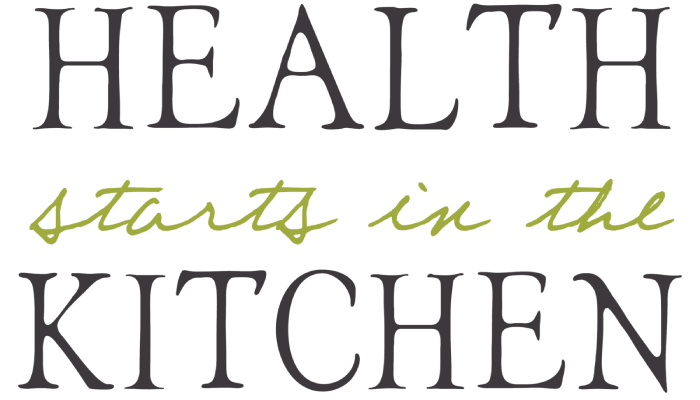
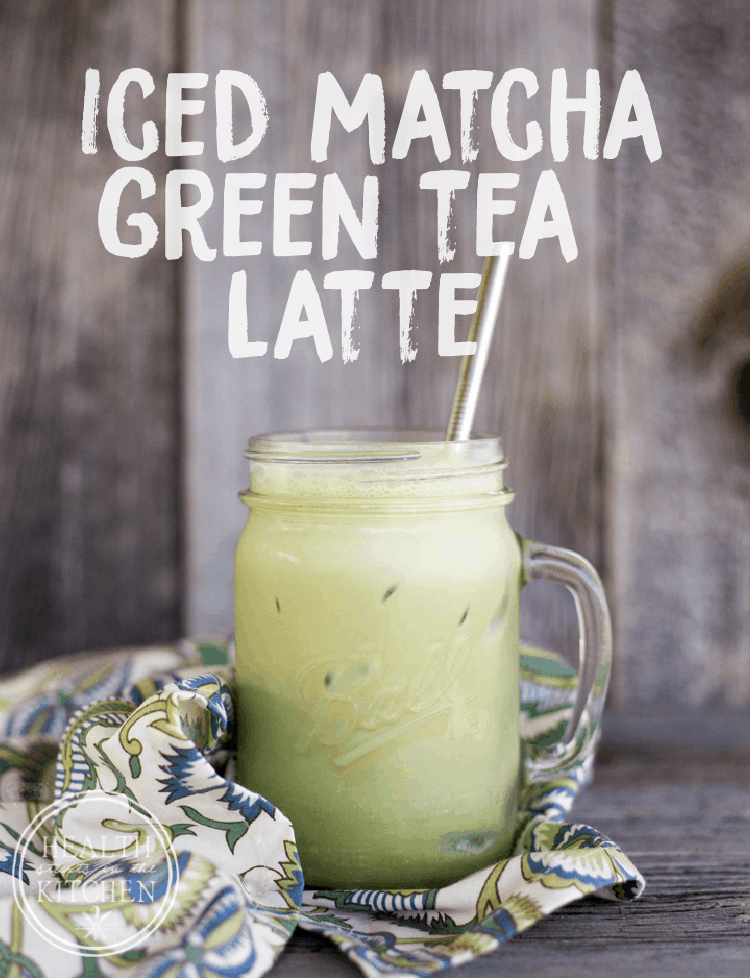
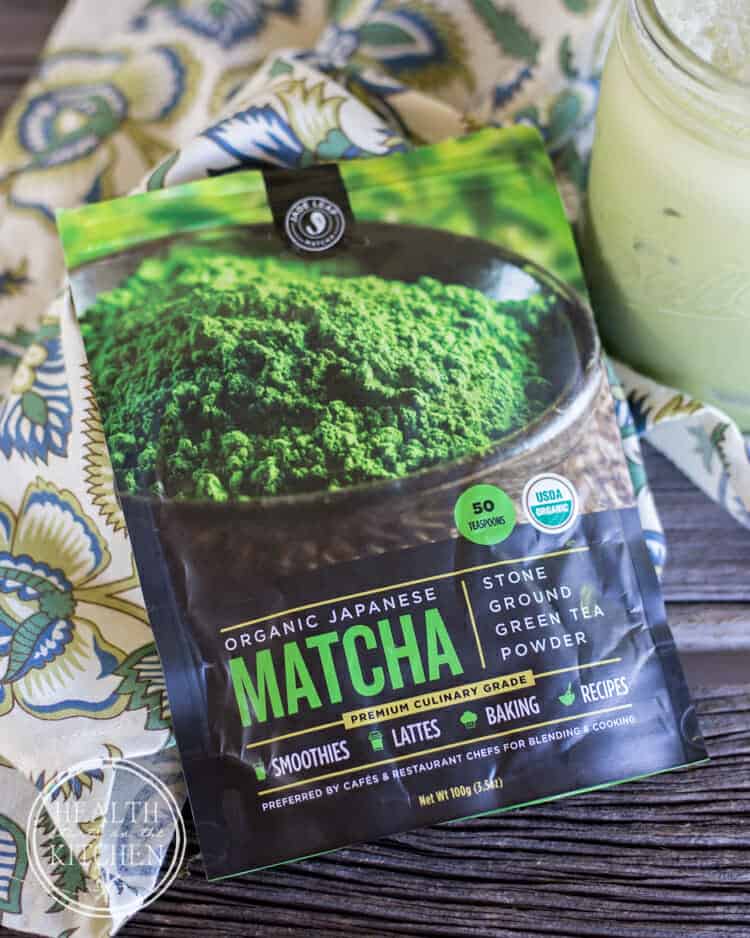


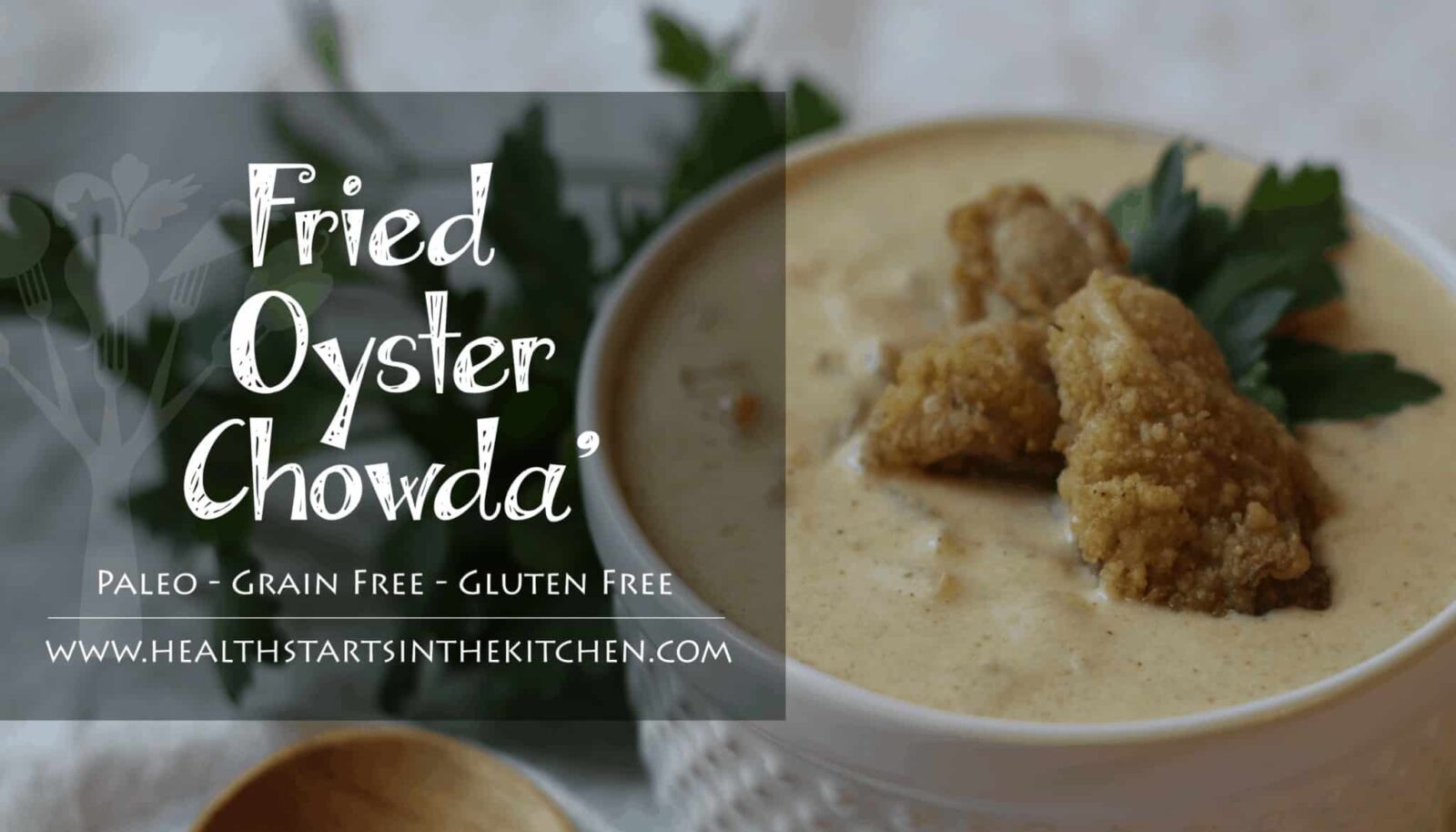

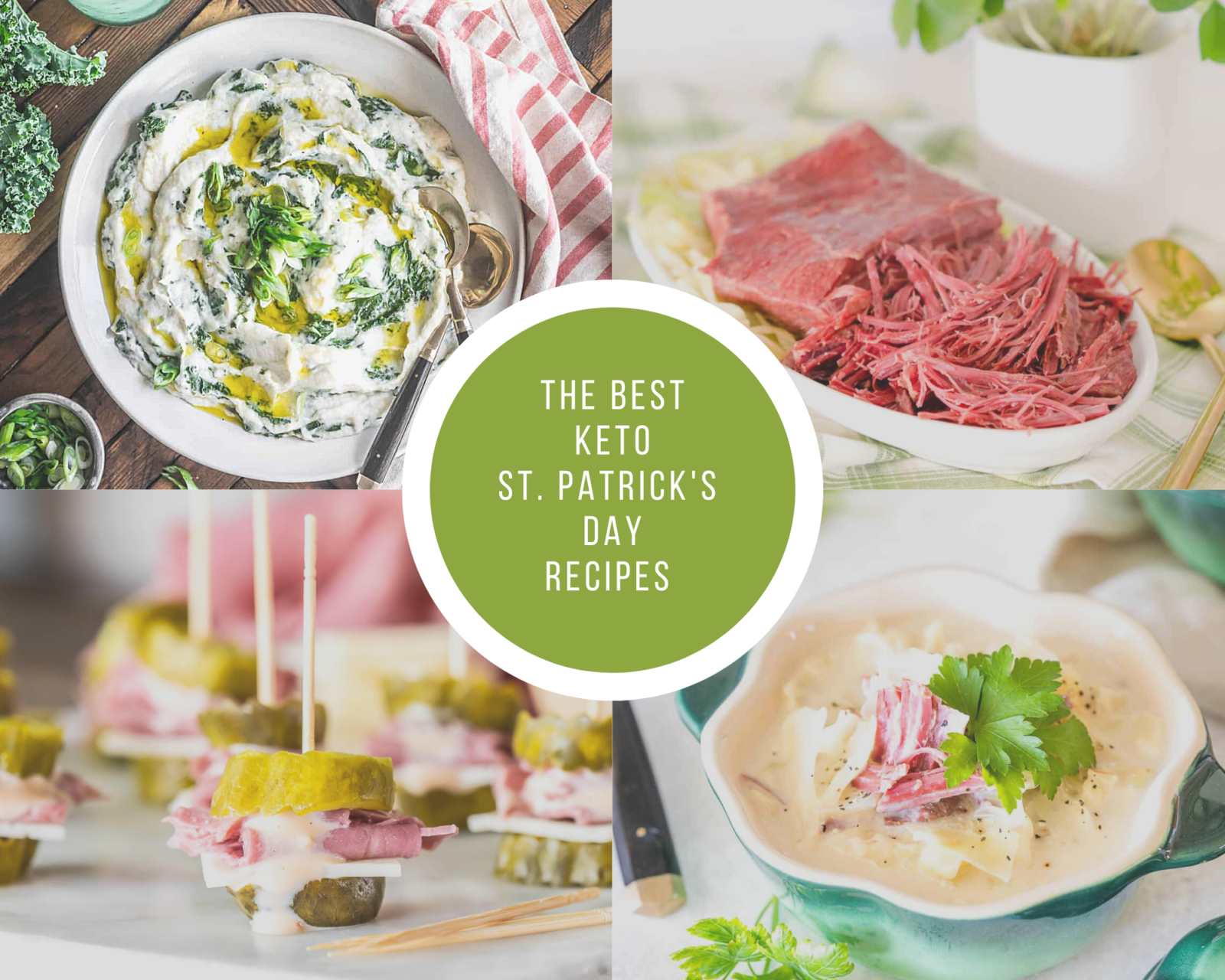

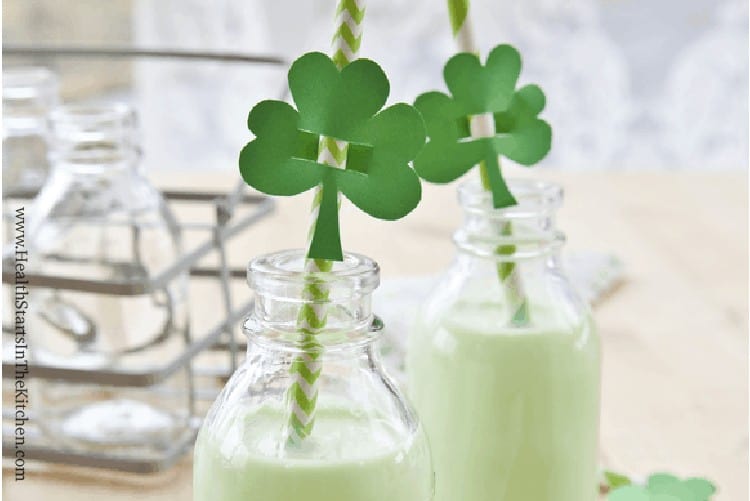
Matcha is he best! Thanks for sharing your recipe, it’s awesome 🙂
This will try but will experiment with a drop of Spearmint, peppermint or Jasmine in it.Yum!